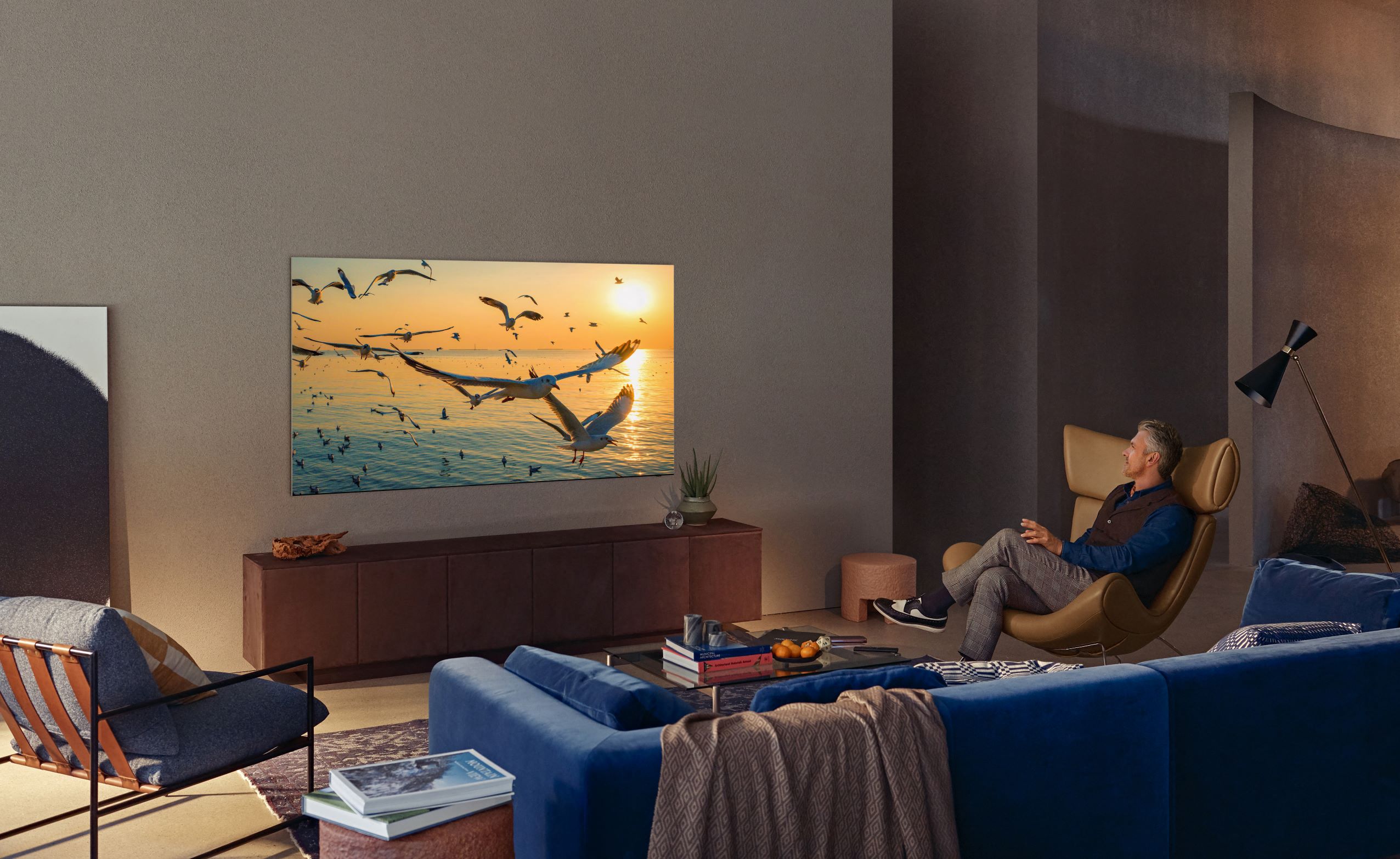

The first few months of the year are a great time to buy a TV, because it's a transitional moment between last year's sets and this year's new models. The next-gen models have been announced and will launch in a few weeks, whereas older models have been thoroughly reviewed and are available for much, much cheaper than their original prices (or than the new models that replace them will be) – our guide to the best TV deals is full of low-price wonders.
That means you're in a position of great power as a buyer: you can look at the specs of the cheaper older models, see if the newly announced models will be much different, and then decide what offers the best value.
Right now, with rapidly rising costs of living, we expect that most people will want to spend a little less where they can, and that means the older TVs will likely be the best buys. However, you still want whatever you buy to be a good investment – there's no point spending less if you end up wanting to replace it sooner.
We have our guides to the best TVs overall, best TVs under £1000/best TVs under $1000, and best TVs under £500 – but obviously if you find a great flash sale, it might not be reflected in those guides.
So here are our key tips on how to spend wisely right now on a TV that will last you years, but will still be a mega-bargain – and we've roped in some advice from the TV experts at UK retailers Currys and Box.co.uk for extra perspective.
1. Decide budget and screen size, and start from there
The world of TVs is very large, and it's hard to know where to start. With a particular brand, or screen type, or smart TV platform? T3's advice is to keep it simple: decide on your maximum budget, and what screen size you want. Suddenly, the whole process becomes a lot less paralysing: especially as most retailers will let you filter their options in this way.
You can then look at getting the best technology possible within your budget (we'll talk about this later) – it's just easier to balance these things if you start with a more appropriate selection than trying to start from 'everything'.
When it comes to deciding your screen size, though, you should consider sizing up from whatever you have now, says Head of Category TV and Imaging at Currys Plc, Henrik Schmidt. "When looking at screen size, with the incredible growth we’ve seen over the years when it comes to home entertainment, having a larger TV will keep it relevant for longer. Whereas before people would consider TVs around 40 inches (also influenced by the price), we are now seeing 55’-inch and bigger TVs becoming the go-to, with more people prioritising screen size."
Obviously, don't get something that's too big for your living room, or that's going to look ridiculous – but just think about how many big movies have been coming straight to Netflix or Disney+ (and so on) recently, or have quickly come for home streaming rental. Getting a TV a little bigger can be a better cinematic experience – maybe meaning your TV investment saves you money on movie tickets, too.
And if you can't go bigger, or are just nervous to (it can feel risky!), there is a cheat to make your TV feel bigger: lighting. Specifically, the Ambilight on Philips TVs (in the UK, Europe and Australia), or a Philips Hue Play system if you choose another brand.
Both of these use smart lights around the edge of the TV to project the colours currently on-screen onto the walls around the set, adding the impression of extra size to the image. With Philips TVs, this tech is built in, so is great value. The Philips Hue Play HDMI Sync Box is an extra expense for other TVs, but it means that you can spend less on a smaller set now, and add this impression of extra size later.
2. If you want to go big, consider a projector
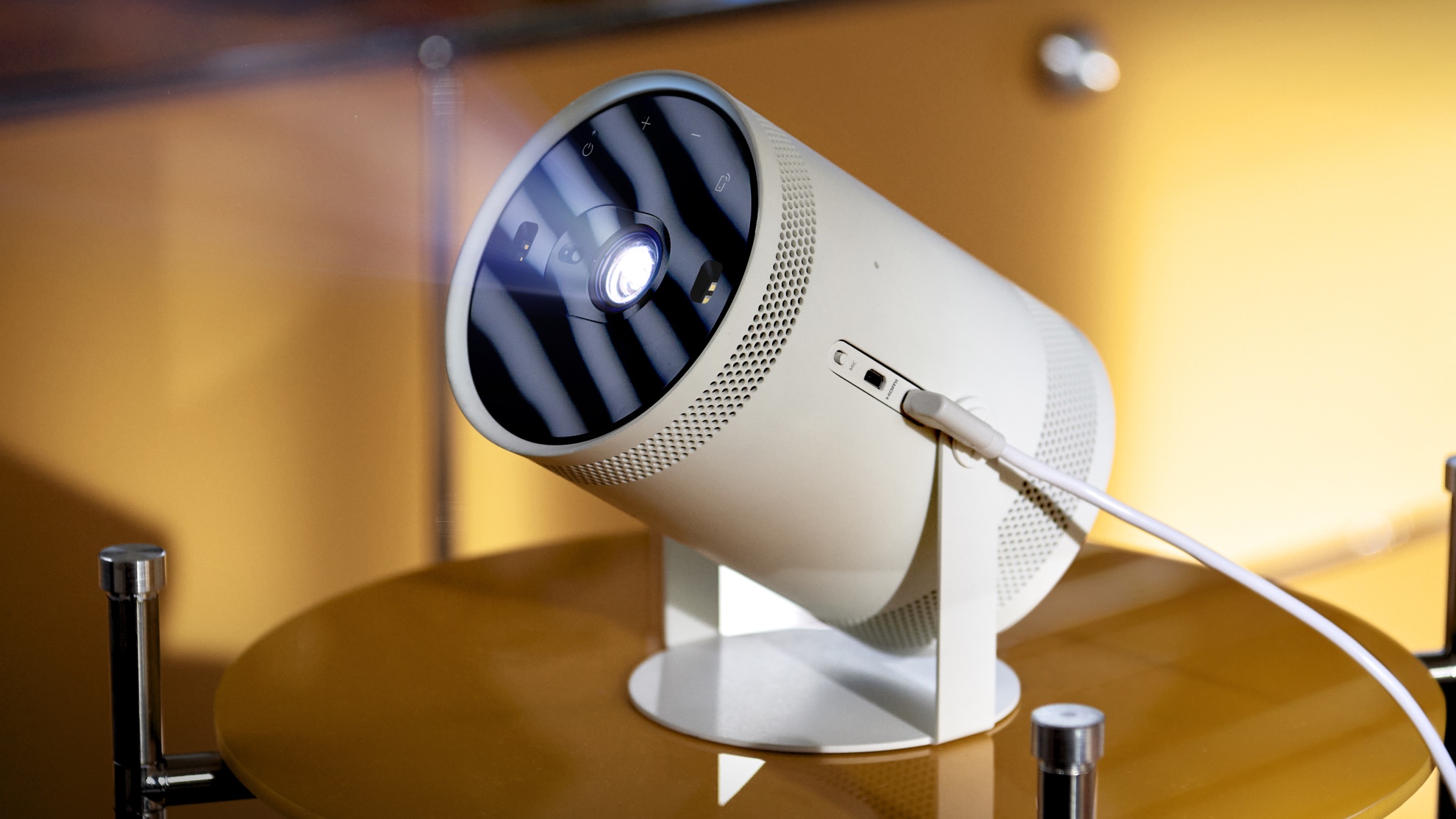
The Samsung Freestyle projector is a smart TV built into a sleek small projector.
At huge sizes, the best projectors have always had an edge over TVs when it comes to value for money. But they've previously been a pain to set up, to get looking good, and to actually use to watch something in the modern era – but that's not the case any more.
These days, small and affordable projectors with Wi-Fi and smart TV features built-in are a great alternative to TVs in many situations – for a kids' bedroom, or occasional use in an office room, for example. They have good speakers built in, so you can just plug them in, point them at a plain wall and go – and you can basically decide how big you want the screen to be, from modest to BIG.
"A route I think people could take when considering super screen sizes without spending thousands of pounds is large-screen projectors like the new versatile Samsung Freestyle," says Currys' Henrik Schmidt. "It currently costs £999 – this is an incredible price for a TV projector capable of displaying up to 100 inches".
3. Aim for future-proof technologies
There are three things to think about here: screen quality; gaming features; and smart TV features.
For a TV that's going to keep you happy with its quality for a long time, you should obviously aim for the best quality you can get. This is something you'll have to balance with screen size when it comes to fitting within your budget, of course.
"We’ve seen a great level of development in screen quality over the last few years, with OLED and QLED technologies now more affordable. When looking to future proofing their TV, people should consider investing in OLED / Neo QLED TVs," says Currys' Henrik Schmidt.
You can read our guide to the best OLED TVs for a run-down of the top option at all budgets, while Neo QLED TVs can be found in our guide to the best Samsung TVs.
If your budget won't stretch to those two technologies, then a good guide is to get a QLED or LG NanoCell TV if possible, both of which are designed to make the most of HDR with rich colours.
When it comes to gaming, the key thing is HDMI 2.1 connectivity. Chris Dawes, TV category manager at Box.co.uk says "Look for HDMI 2.1 ports on the TV you’re buying, as this supports the next generation of console high-resolution gaming with 4K at 120Hz. Without HDMI 2.1 ports, the shopper may struggle with new-generation gaming as 4K 120Hz becomes the new standard."
Currys' Henrik Schmidt agrees: "HDMI 2.1 & 120Hz TVs should also be considered, especially amongst gamers as the newest-gen consoles now perform at a faster refresh rate than previous generations."
Dawes and Schmidt are referring to the ability of the PS5 and Xbox Series X to play certain games at 120fps, making them incredibly smooth and responsive – if you're buying a TV now and you either have or will buy a next-gen console, you want this in your TV, ideally. This is a big focus for us in our guide to the best gaming TVs.
"Gaming HUDs are becoming more of a feature too, as gaming on TVs becomes a massive focus, adds Dawes. "These give real-time stats and easy adjustment options when in-game." Samsung and LG TVs are the best for this feature, which makes it easy to tweak settings when playing to make sure your games are looking and feeling their best.
Finally, there's smart TV features. The good news is that basically all 4K TVs feature good smart software packed with streaming apps these days, so you can't go very wrong. However, there are occasionally odd omissions, such as Disney+ from some TVs – if you have a particular set of services you like, check the product page to make sure they're all supported!
4. Don't forget about sound
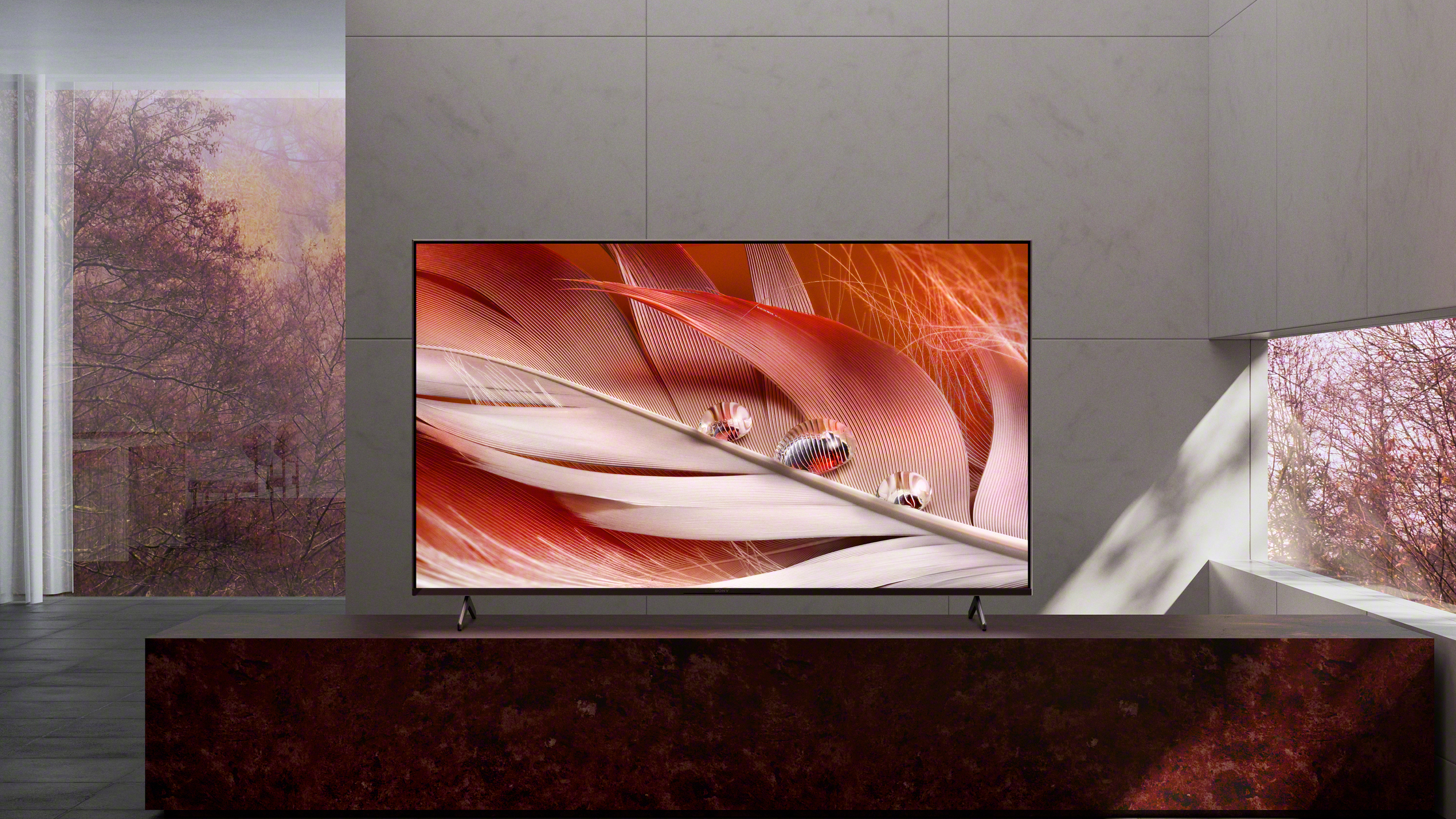
Sony's TVs offer better built-in sound than the competition.
It's pretty common for us to say that you should factor one of the best soundbars into your budget if you want a great home cinema experience. Of course, the good thing about a soundbar is you can just add it later – you don't have to spend the money immediately. Or you can use your current one, even.
But if you just don't want to deal with all of that, some TVs are geared up to offer great sound out of the box. At the high-end, that's Sony, Samsung, Panasonic and Philips mostly. In the mid-range, Sony and Samsung are your best bets for TVs you won't feel the need to immediately upgrade with better audio.
5. Don't forget the little things
Sight and sound are obviously the big things to think about with a TV, but there's other stuff that affects how long they'll last you, or how good they are to live with.
The biggest one is the number of HDMI ports: this is the way nearly all new TV devices are connected to your set, and if you don't have enough then it can be hugely frustrating. You don't just want to buy for today – buy for the next few years. Cheap TVs often have 2 or 3 ports – we'd encourage anyone to go a model with 3 if you can in that case. Mid-range TVs tend to have 3 or 4 – again, get more if you can manage it! More premium TVs will always have 4, so that's no problem.
Another example is the stand. Assuming you don't use one of the best TV wall-mounts, you should pay attention to what type of stand the TV has, especially if you are thinking of going for a big size. A central foot-style stand can obviously go anywhere, but if you have feet at either end, you could end up finding that the feet are wider than your TV unit, and now you need to make another new purchase.
And some TVs are better than other for viewing angles: meaning that they maintain their quality better if you're not looking at them straight on. This is obviously better for families who sit all over a room – couples who sit straight in front of the set don't need to worry. Reviews should tell you how good the viewing angles are.
Sign up to the T3 newsletter for smarter living straight to your inbox
Get all the latest news, reviews, deals and buying guides on gorgeous tech, home and active products from the T3 experts
Matt is T3's former AV and Smart Home Editor (UK), master of all things audiovisual, overseeing our TV, speakers and headphones coverage. He also covered smart home products and large appliances, as well as our toys and games articles. He's can explain both what Dolby Vision IQ is and why the Lego you're building doesn't fit together the way the instructions say, so is truly invaluable. Matt has worked for tech publications for over 10 years, in print and online, including running T3's print magazine and launching its most recent redesign. He's also contributed to a huge number of tech and gaming titles over the years. Say hello if you see him roaming the halls at CES, IFA or Toy Fair. Matt now works for our sister title TechRadar.
-
 Build unshakeable core strength with a kettlebell and these three exercises
Build unshakeable core strength with a kettlebell and these three exercisesAdd this to the end of your workout to fire up your midsection muscles
By Bryony Firth-Bernard Published
-
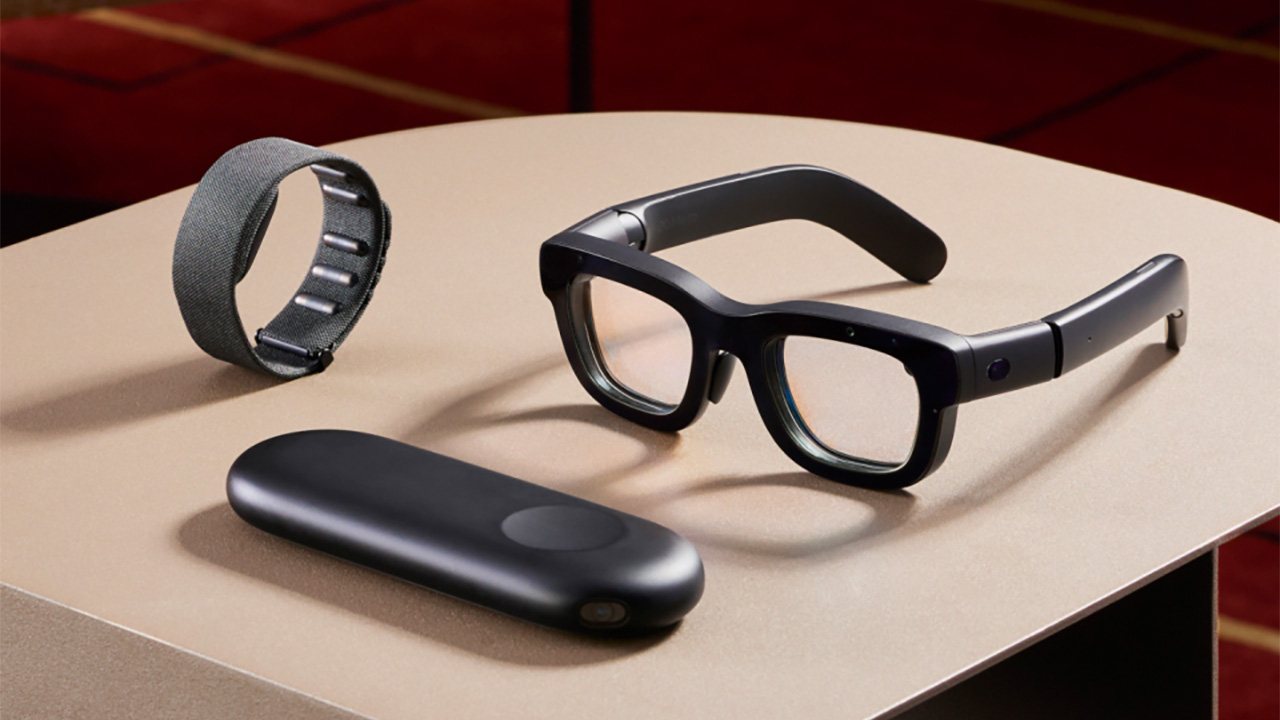 The next big tech battlefield is AR Glasses – and Apple is ready to fight
The next big tech battlefield is AR Glasses – and Apple is ready to fightTim Cook is said to "care about nothing else"
By Sam Cross Published
-
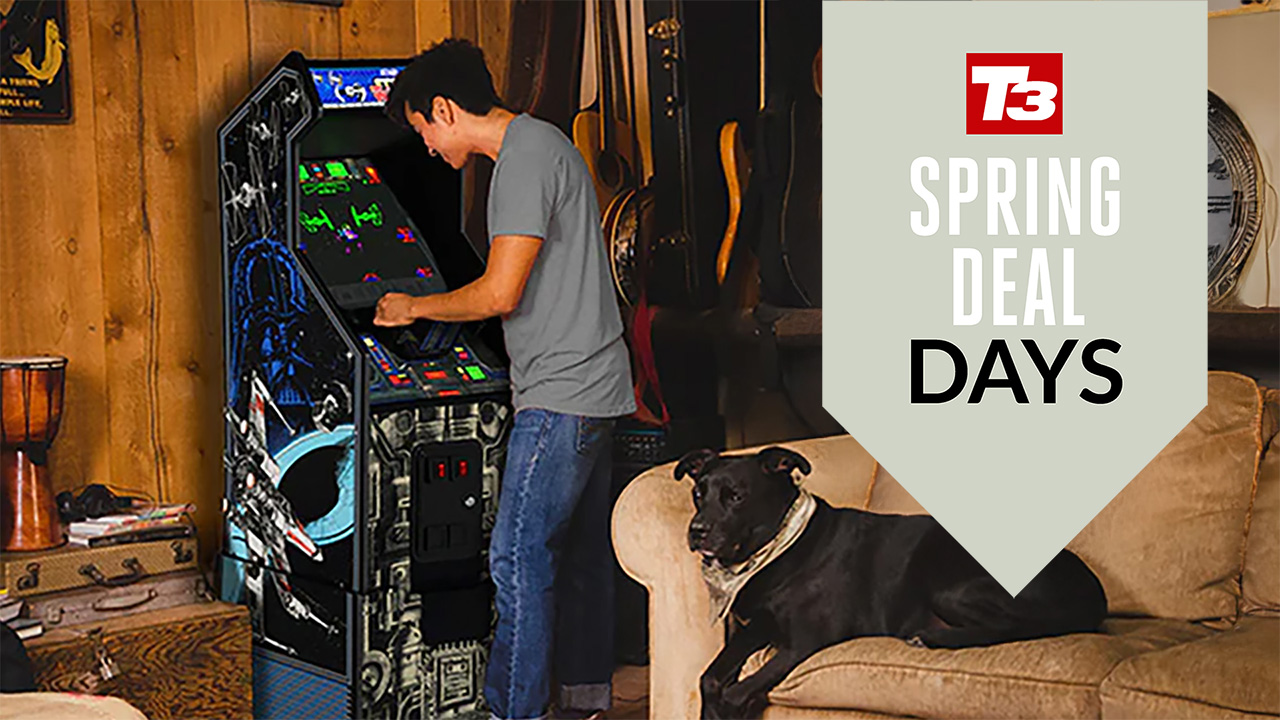 My favourite arcade machine of all-time is down to its lowest price ever
My favourite arcade machine of all-time is down to its lowest price everSave £100s / $100s on Arcade1Up cabinets during Amazon's spring sale – including Star Wars
By Rik Henderson Published
-
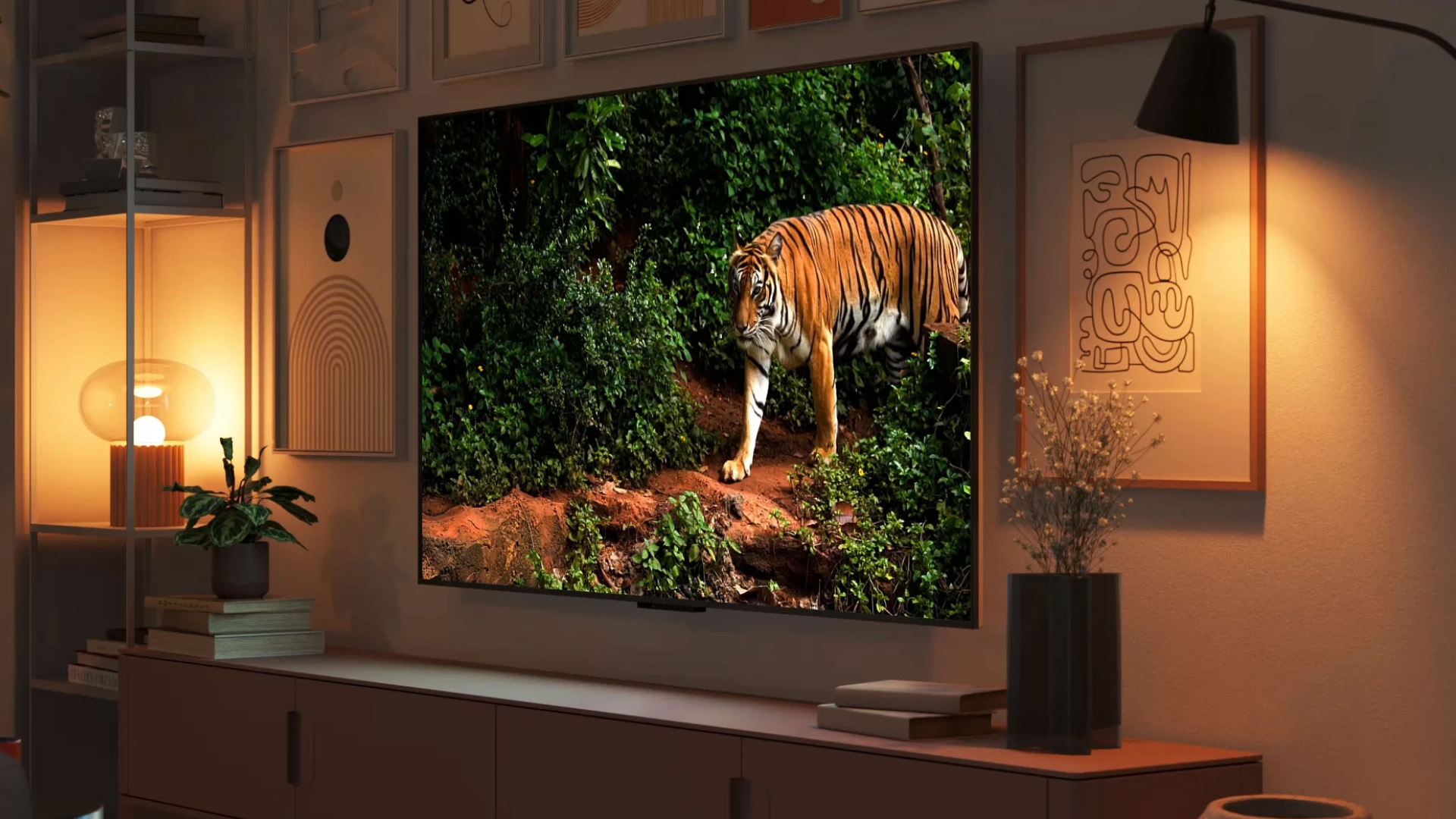 Amazon Fire TV Omni Mini-LED 4K TV review: a huge step up in performance
Amazon Fire TV Omni Mini-LED 4K TV review: a huge step up in performanceAmazon's second-gen Fire TV and first Mini-LED TV is a great option
By Steve May Published
-
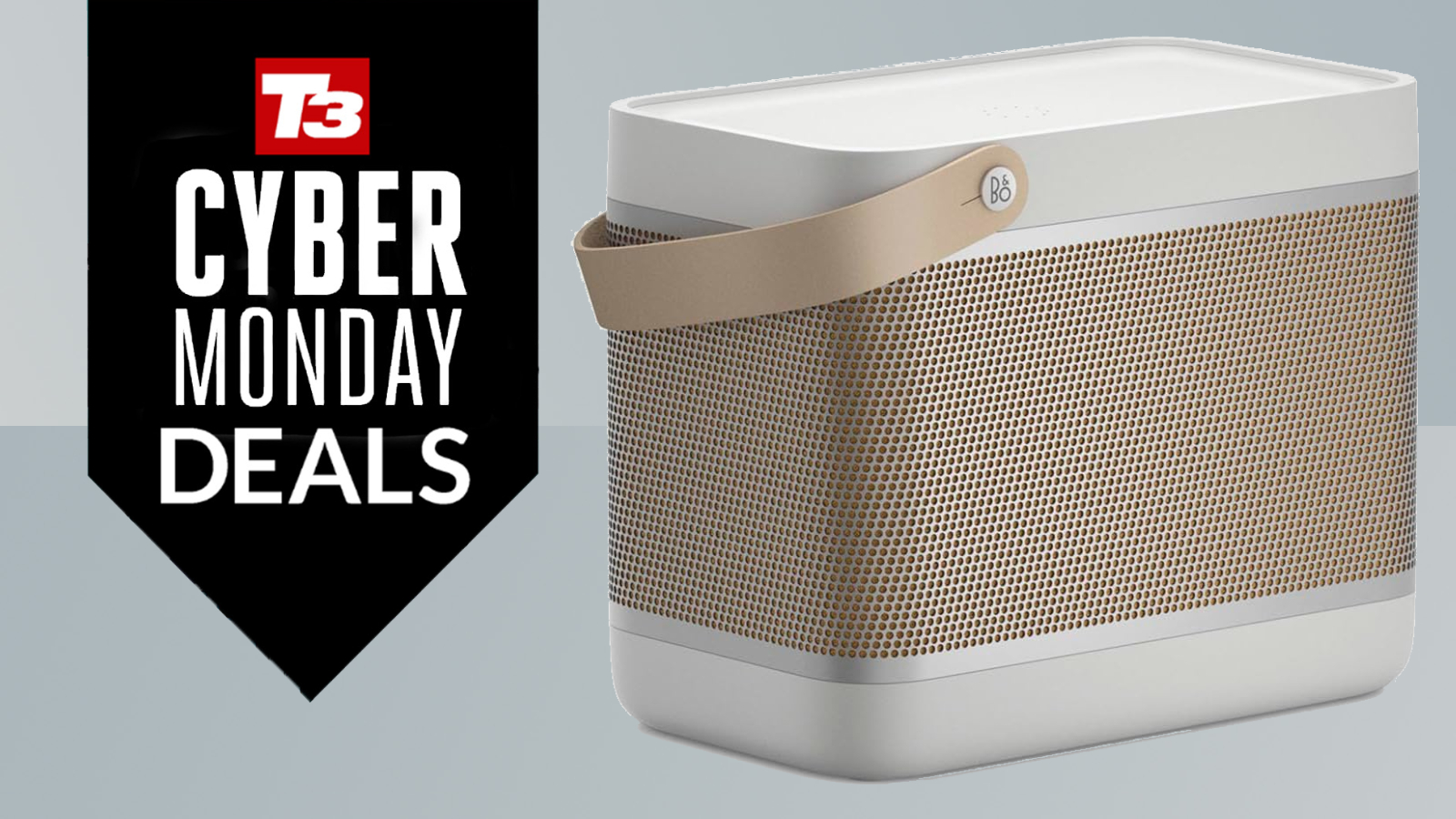 Quick! This stunning Bang & Olufsen Bluetooth speaker is $200 off, but it'll be gone tomorrow!
Quick! This stunning Bang & Olufsen Bluetooth speaker is $200 off, but it'll be gone tomorrow!The Beolit 20 is one third off right now
By Sam Cross Published
-
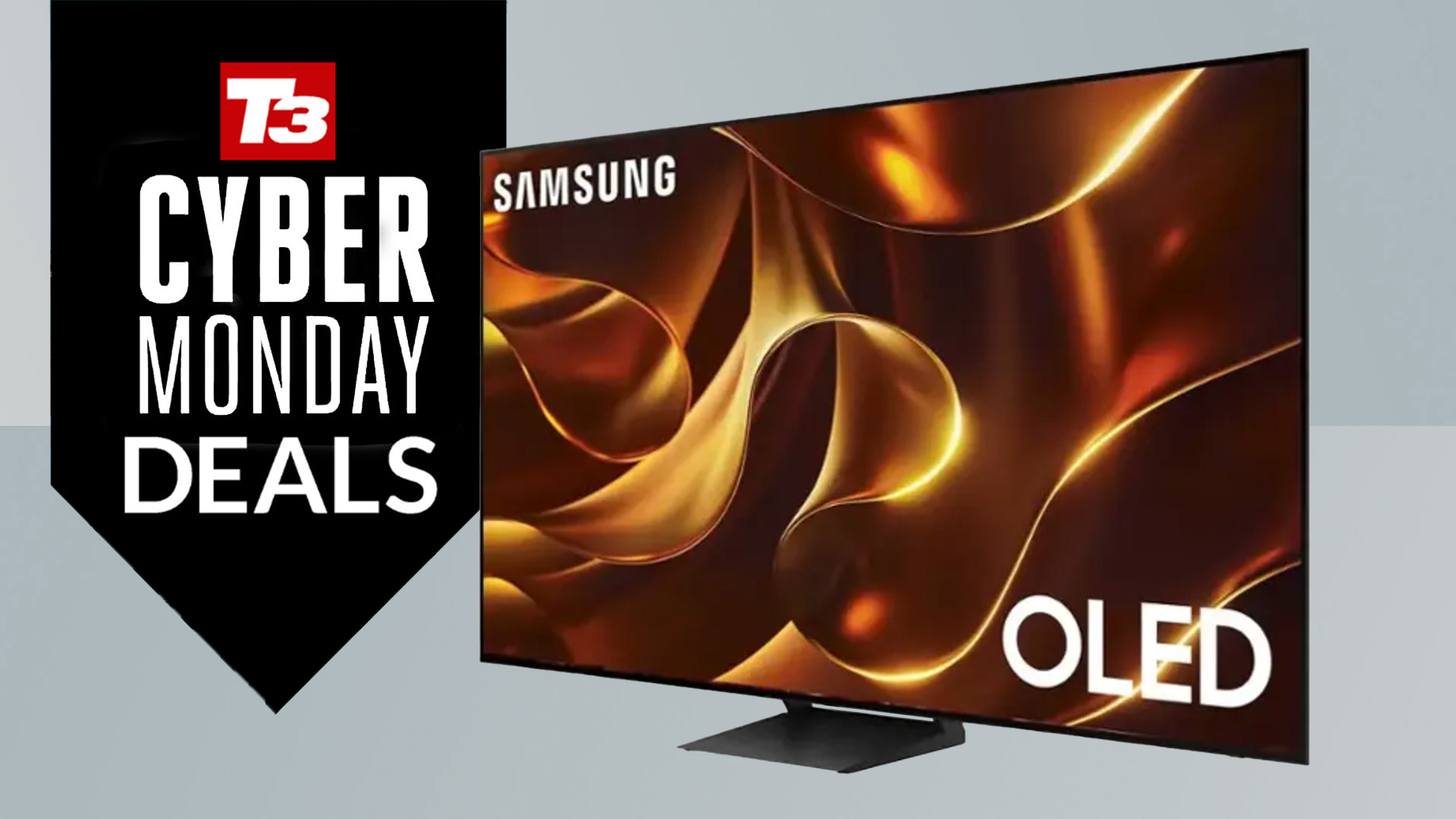 This monster 77-inch Samsung OLED TV is less than half price for Cyber Monday – that's crazy!
This monster 77-inch Samsung OLED TV is less than half price for Cyber Monday – that's crazy!You can get $1,700 off the Samsung Class S84D OLED at Best Buy right now
By Rik Henderson Published
-
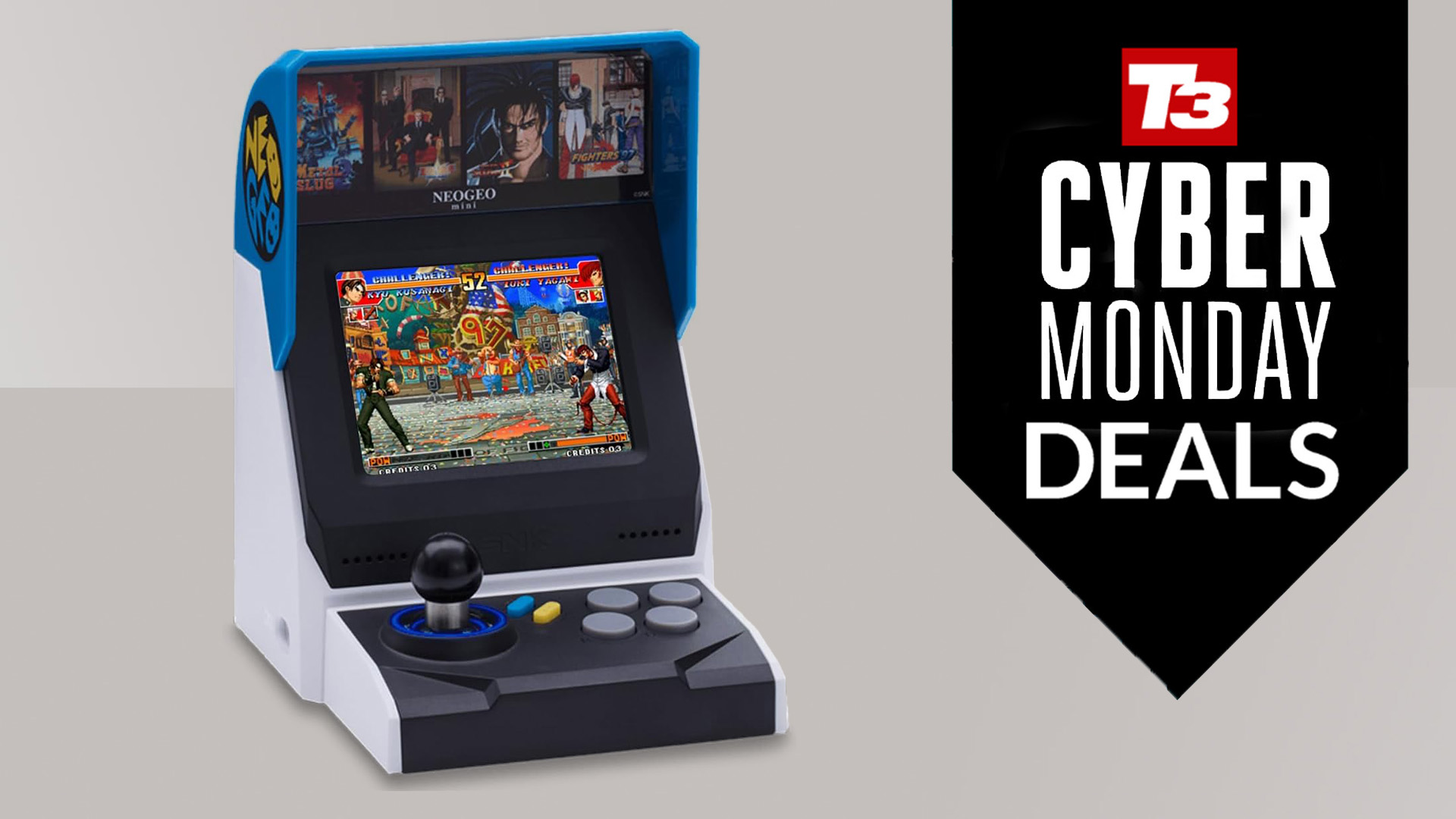 I love this mini retro games console and this big deal makes it the ideal Christmas present
I love this mini retro games console and this big deal makes it the ideal Christmas presentThe NeoGeo Mini is a superb buy with £15 off – comes with 40 games and its own screen
By Rik Henderson Published
-
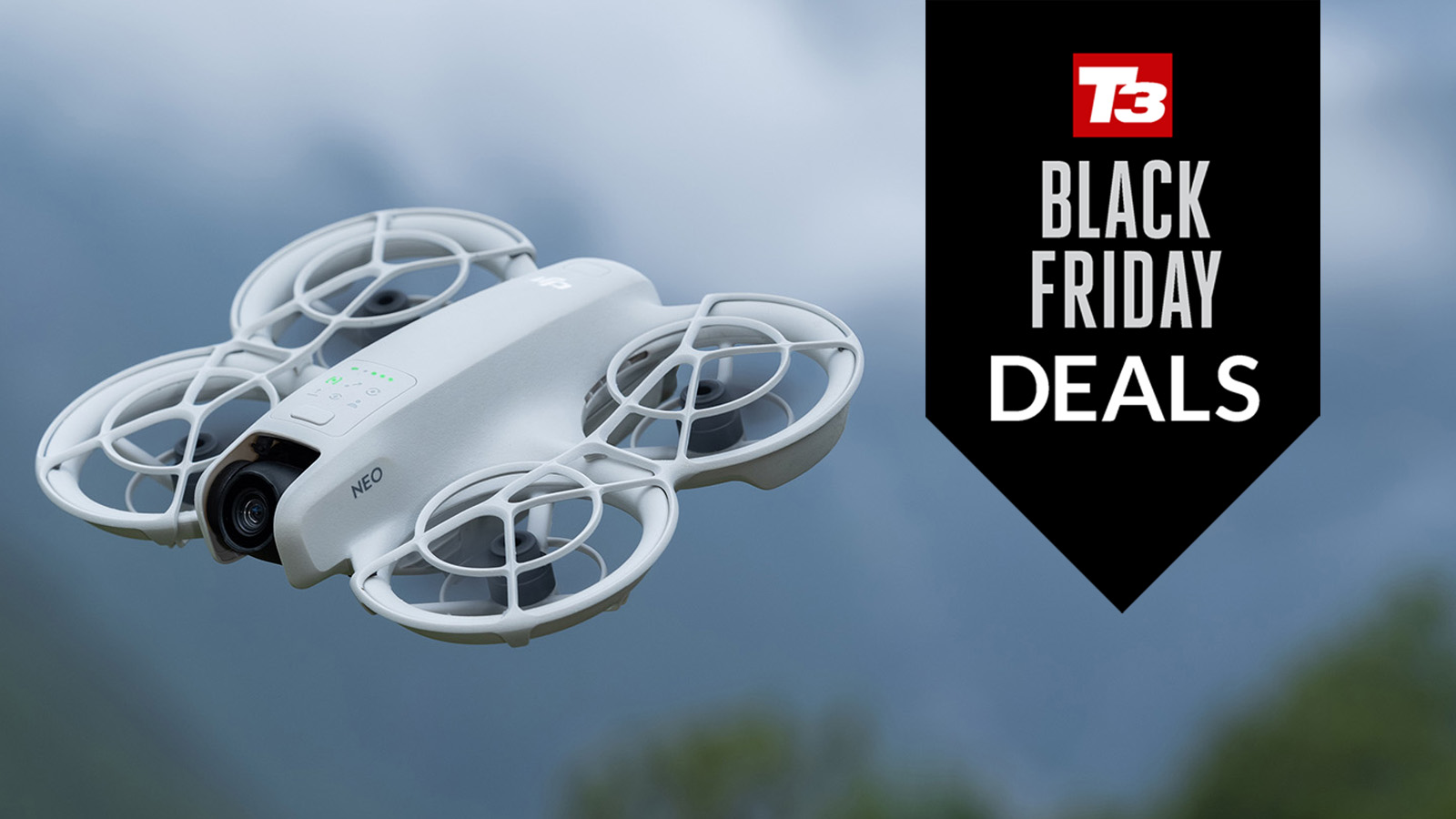 Is there a DJI Neo drone deal on Black Friday? Here's what I found
Is there a DJI Neo drone deal on Black Friday? Here's what I foundThe brand's top-selling dinky drone might not be any cheaper for Black Friday, but there are a ton of exciting DJI offers to choose from
By Matt Kollat Published
-
 Samsung's latest iPad rival just dropped to its lowest-ever price in great Black Friday deal
Samsung's latest iPad rival just dropped to its lowest-ever price in great Black Friday dealYou’re running out of time to save money on a new tablet
By Yasmine Crossland Published
-
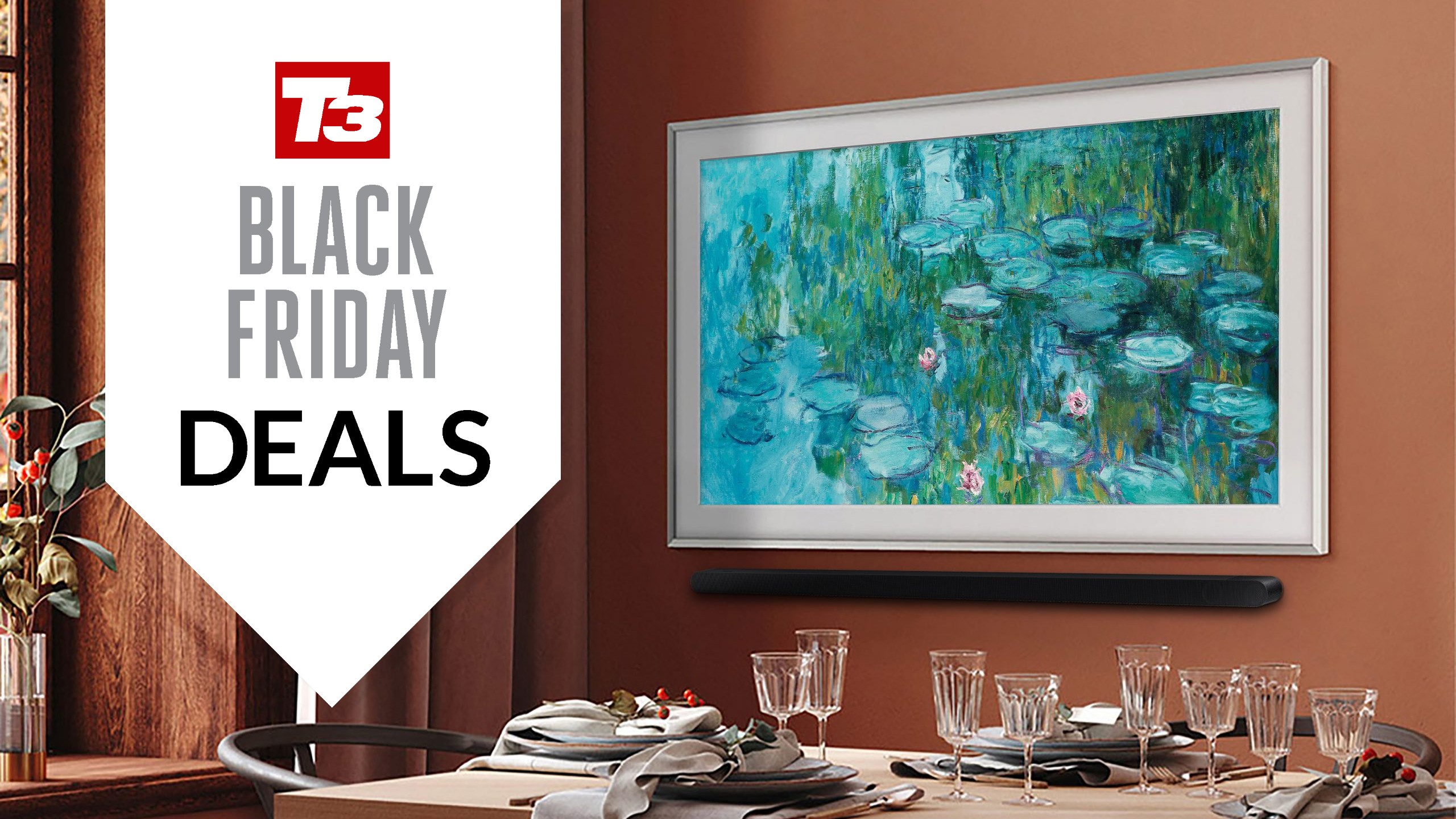 Samsung's 5-star style TV has fallen to a record-low price – it's my dream TV
Samsung's 5-star style TV has fallen to a record-low price – it's my dream TVThe Frame doubles up as a piece of artwork when you aren't using it
By Yasmine Crossland Last updated